The New York City subway system is one of the largest and most famous transit systems in the world. In the 1940s, it played a crucial role in the daily lives of millions of people. This decade was marked by significant social and economic changes, and the subway became a vital part of the city’s identity. Understanding the experiences of subway passengers during this time offers a glimpse into life in New York City.
The Role of the Subway in Daily Life
In the 1940s, the subway was essential for getting around New York City. It connected different neighborhoods, making it easier for people to travel for work, school, and leisure. With the end of World War II in 1945, many soldiers returned home, and the city’s population began to grow again. The subway helped accommodate this increase in people.
Most subway passengers were working-class individuals. They relied on the subway to commute to their jobs. Many people worked in factories, offices, and service industries. The subway was often crowded during rush hours, with commuters jostling for space. Despite the hustle and bustle, the subway was a lifeline for those who needed to get to various parts of the city quickly..
Read more
The Design and Experience of the Subway
The subway cars of the 1940s were quite different from what we see today. Most of the trains were made of metal and had wooden benches. The interiors were simple and functional. Many cars were painted in dull colors, and the lighting was often dim. This gave the subway a distinct, gritty atmosphere.
Passengers often had to stand during their rides, especially during peak hours. The cars would fill up quickly, and people would squeeze in, trying to find a place to hold on. Despite the cramped conditions, some passengers found ways to make the experience more enjoyable. Many would read newspapers, books, or magazines while traveling. Others would chat with fellow commuters, sharing stories and experiences.
The fashion of subway passengers in the 1940s reflected the styles of the time. Women often wore dresses or skirts with blouses, paired with hats and gloves. Many men wore suits or dress shirts with ties. This was a time when people took pride in their appearance, even for daily travel.
Some subway riders used the journey as an opportunity to showcase their personal style. Young people often experimented with fashion, using the subway as a runway of sorts. The influence of Hollywood can also be seen in the way people dressed. Movie stars inspired many, and their styles made their way into the everyday lives of New Yorkers.


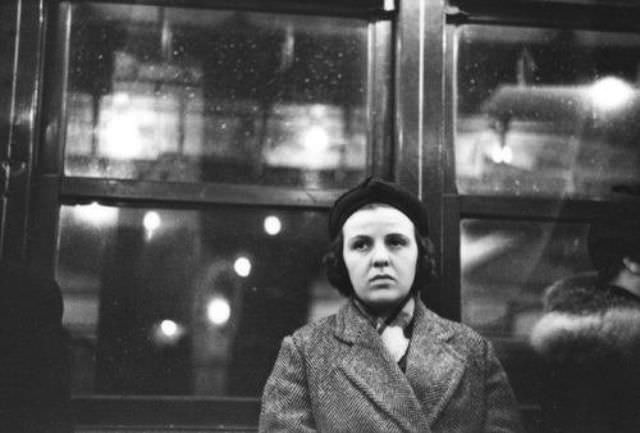
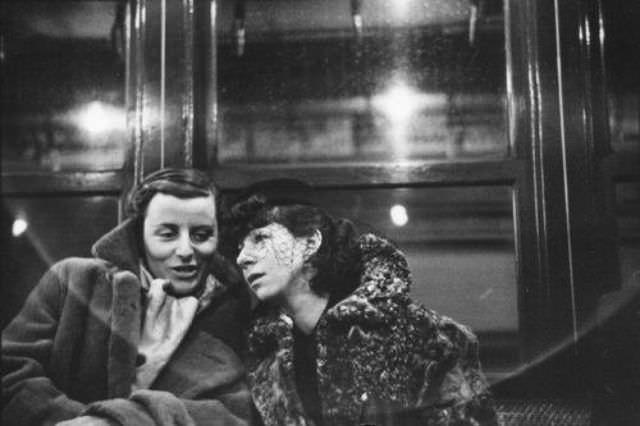
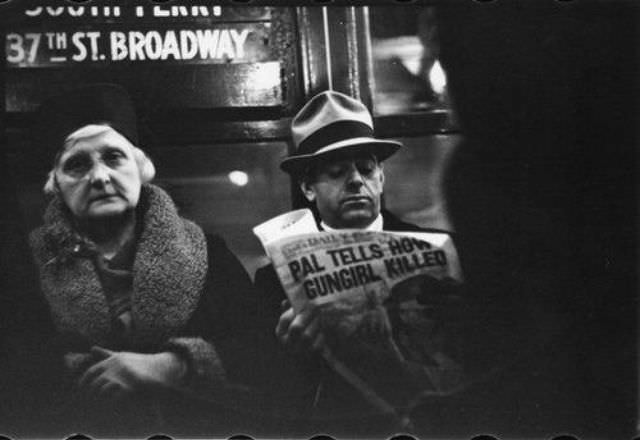
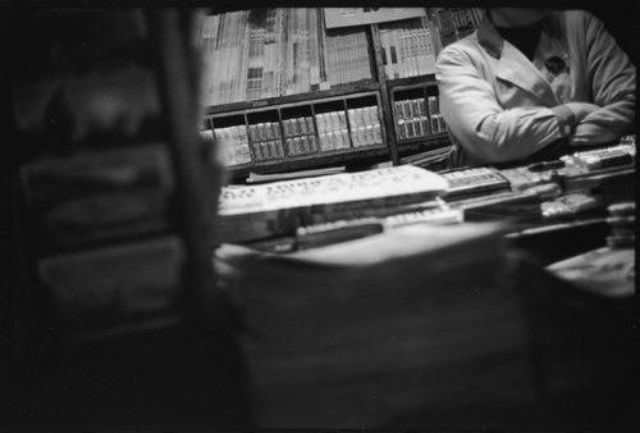
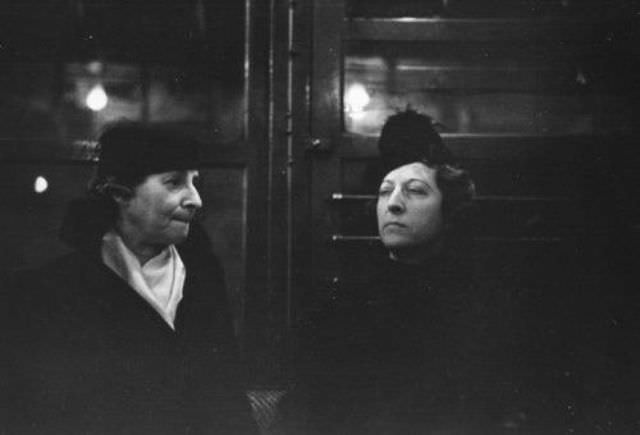
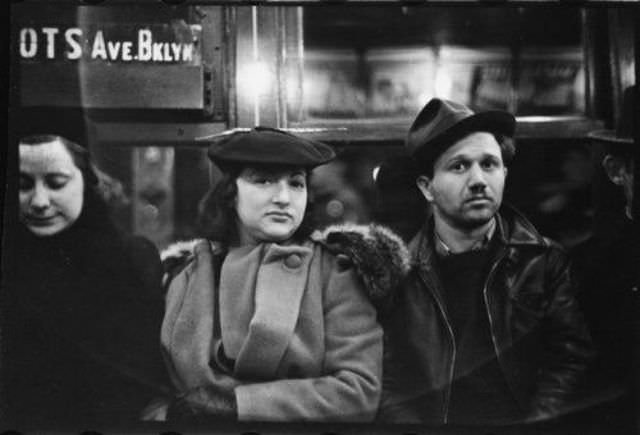
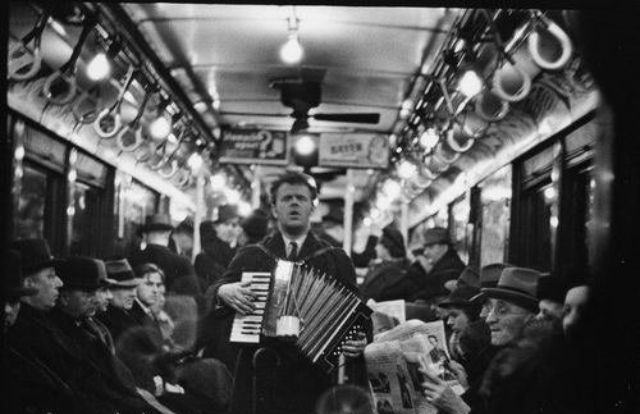
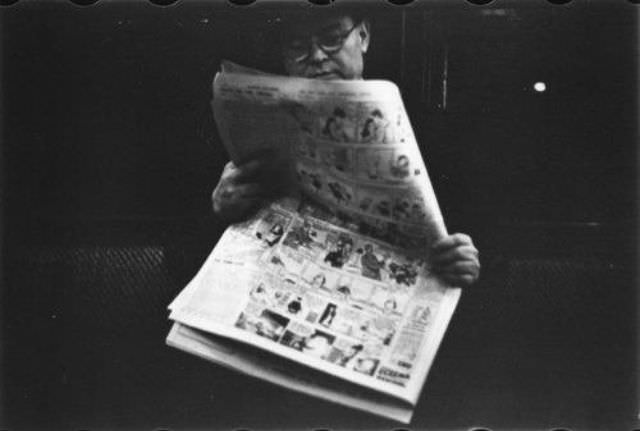
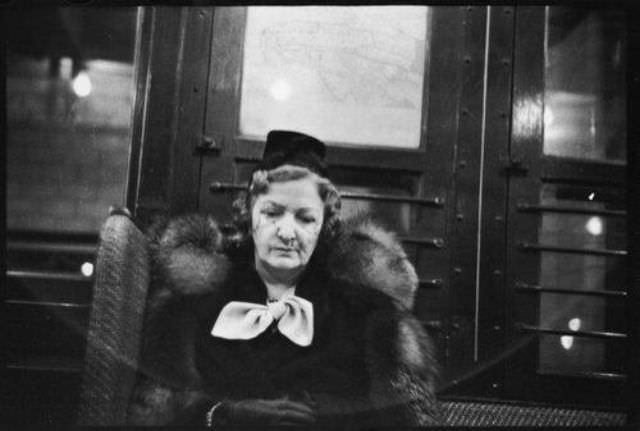
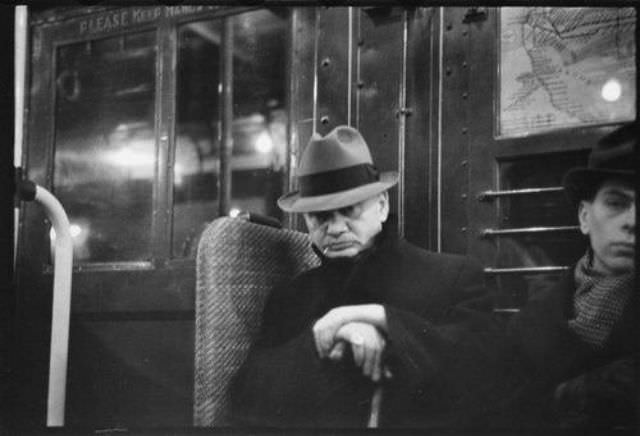
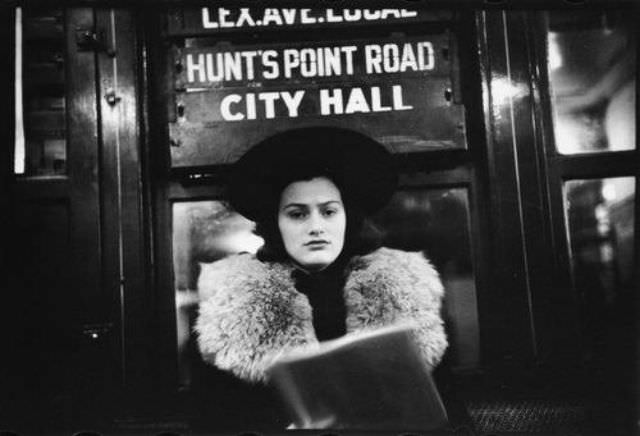
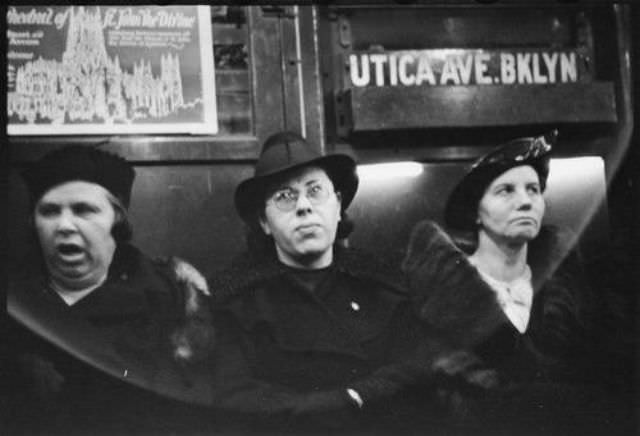
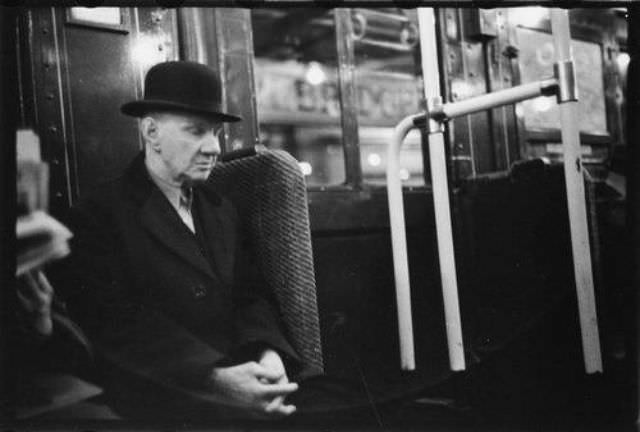
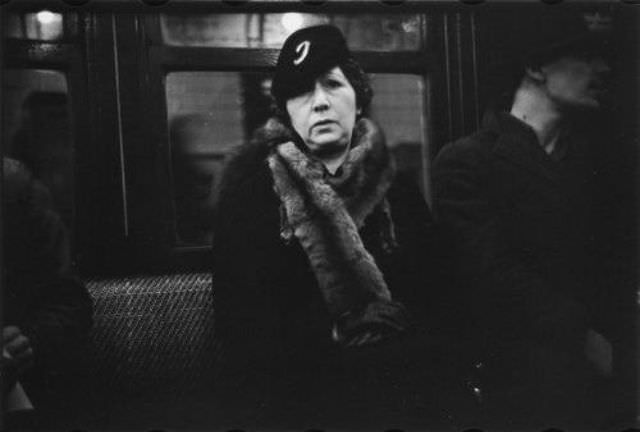
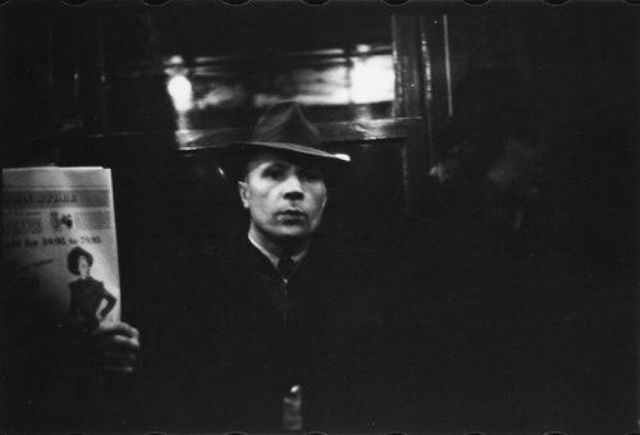
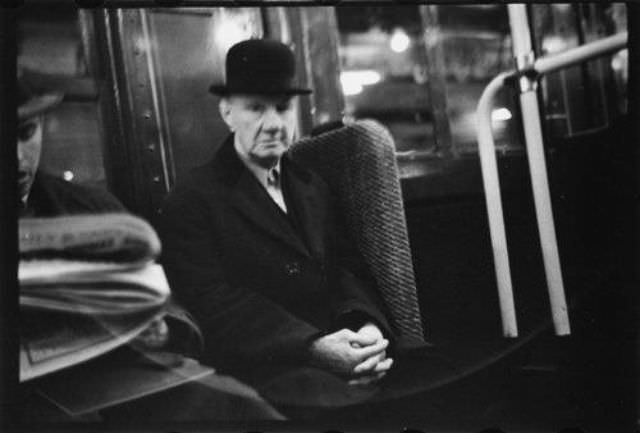
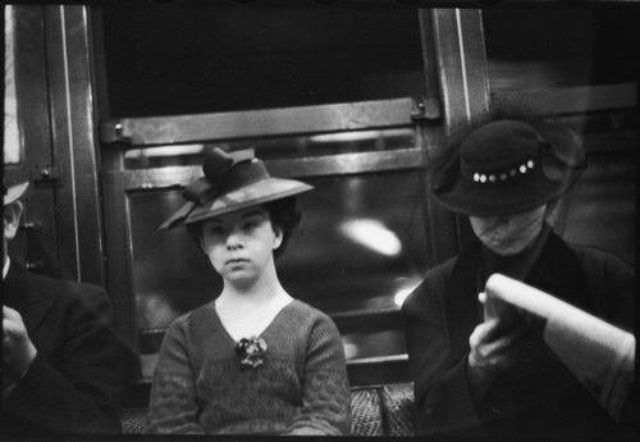
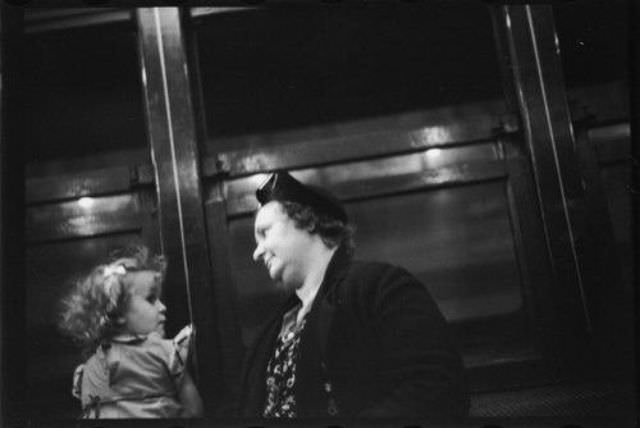
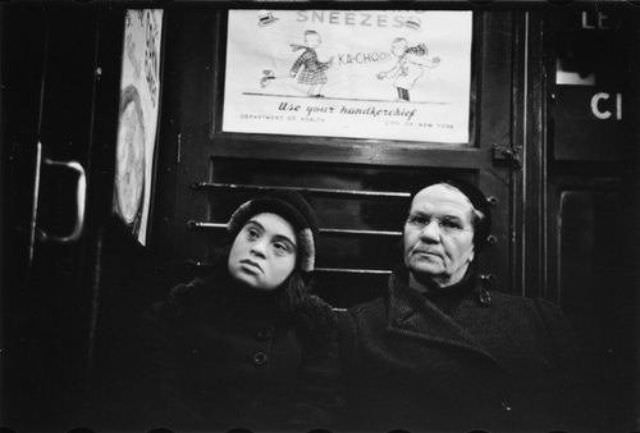
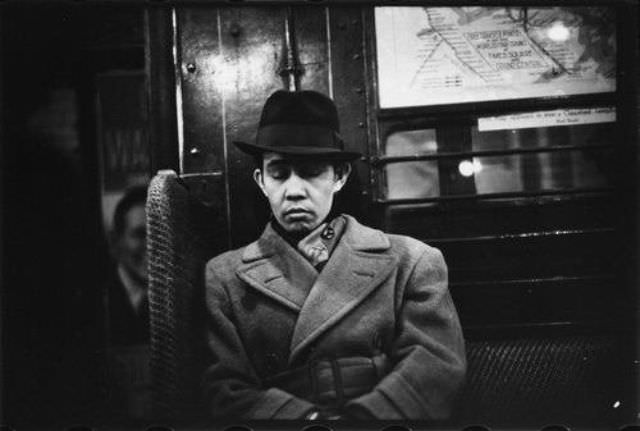

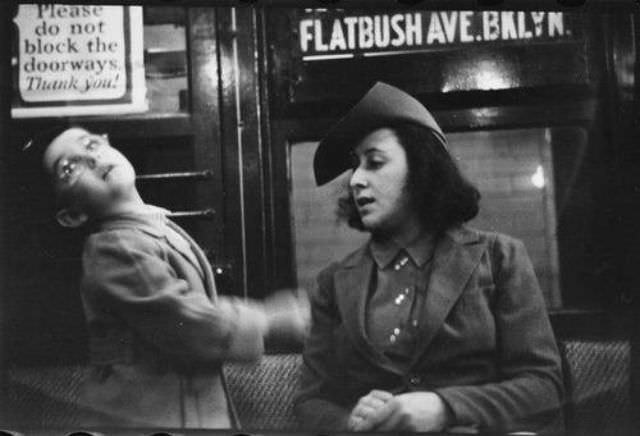
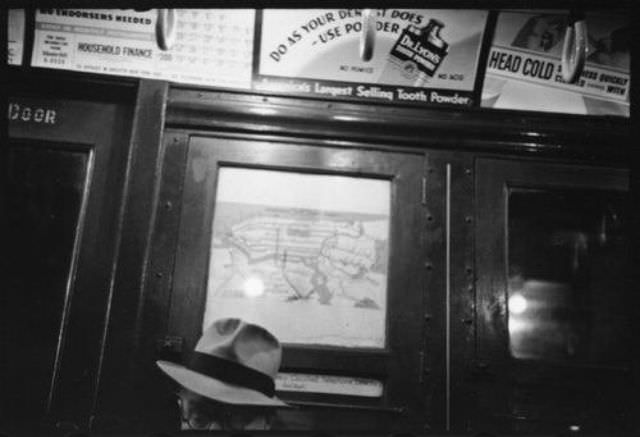
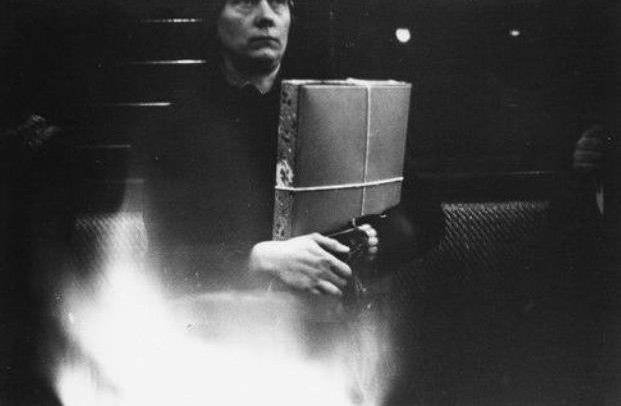
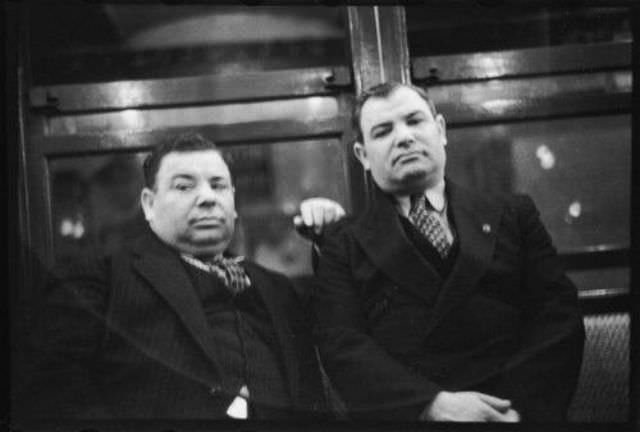
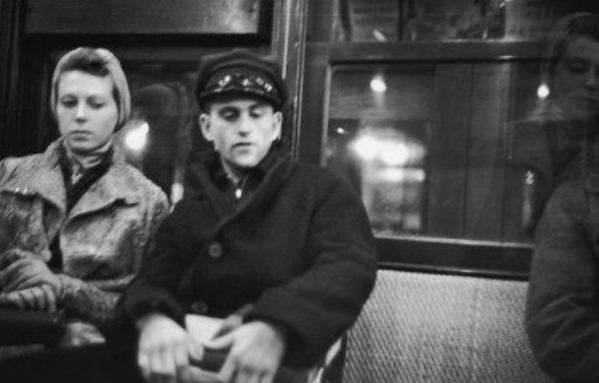
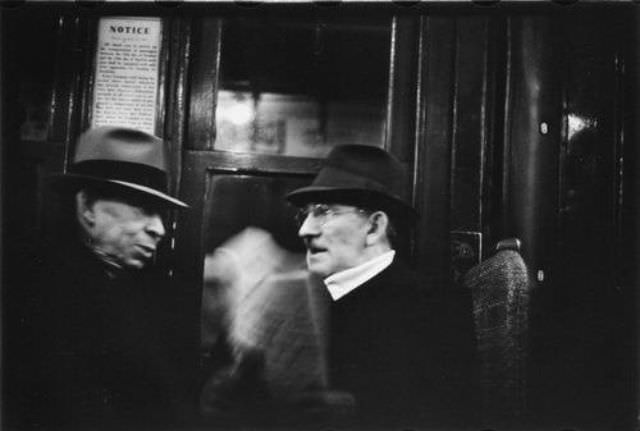
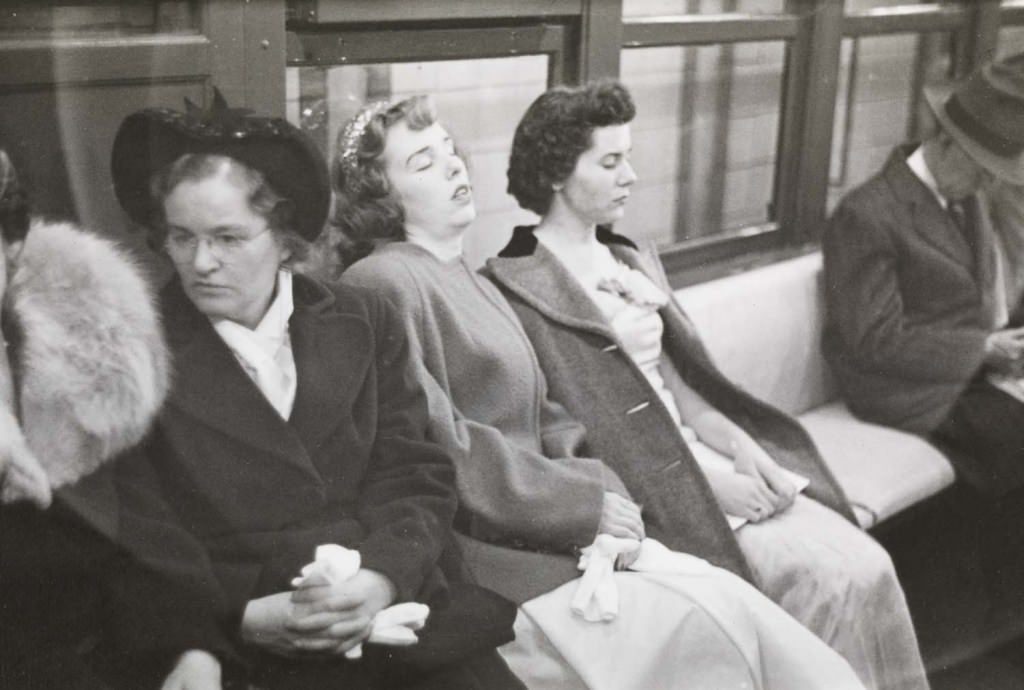
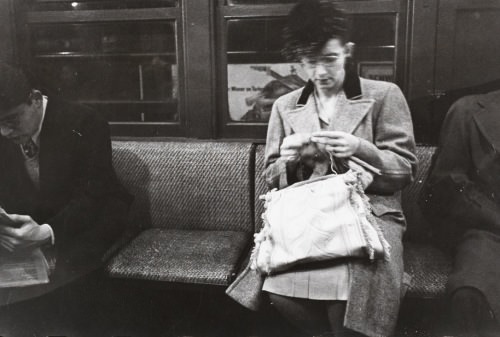

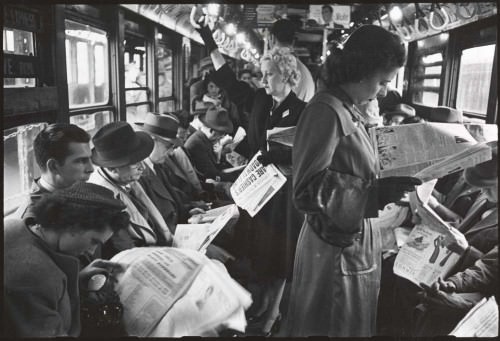
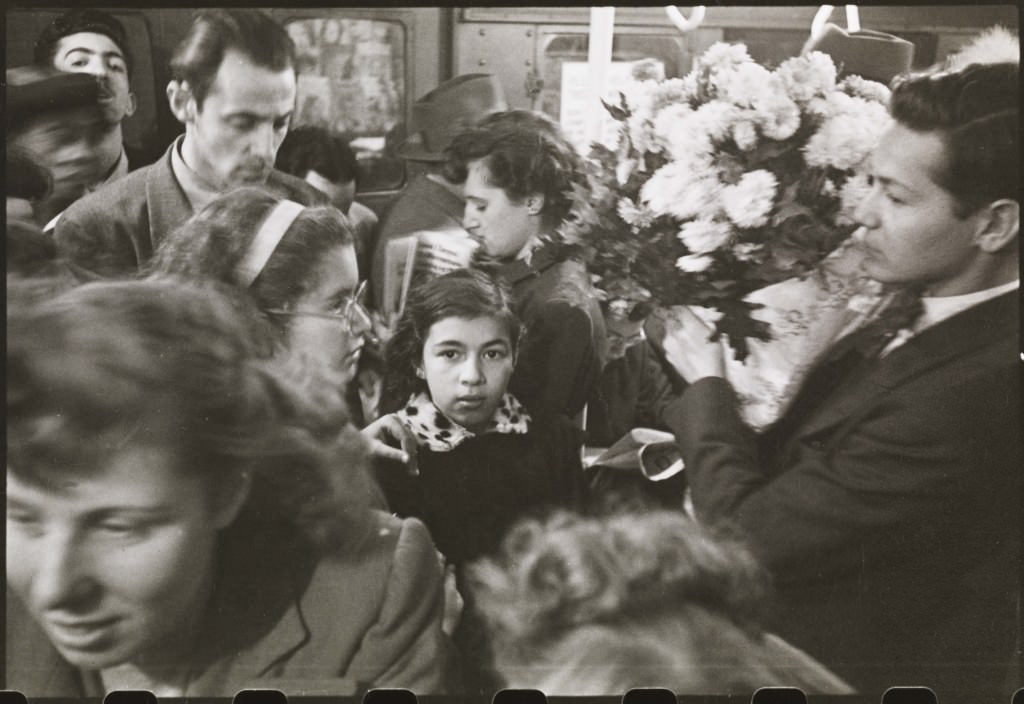
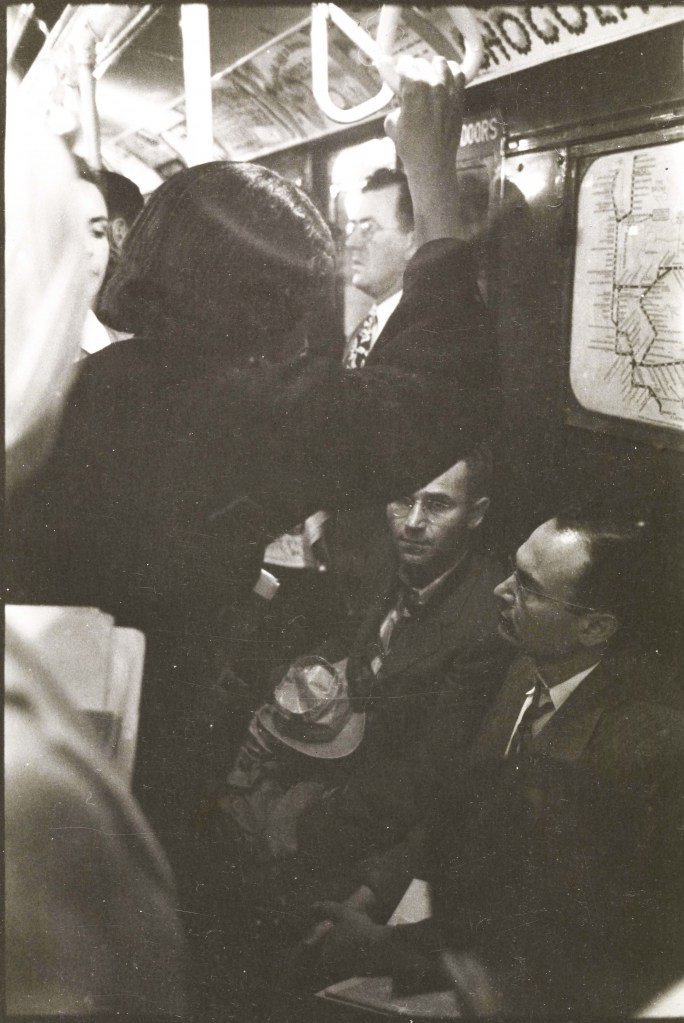
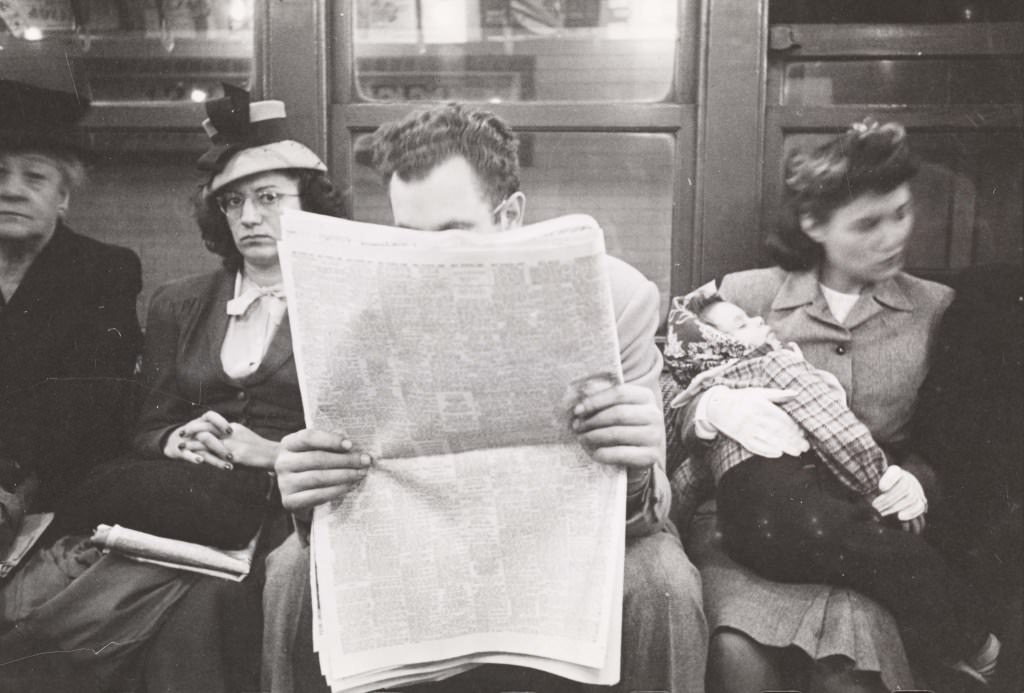
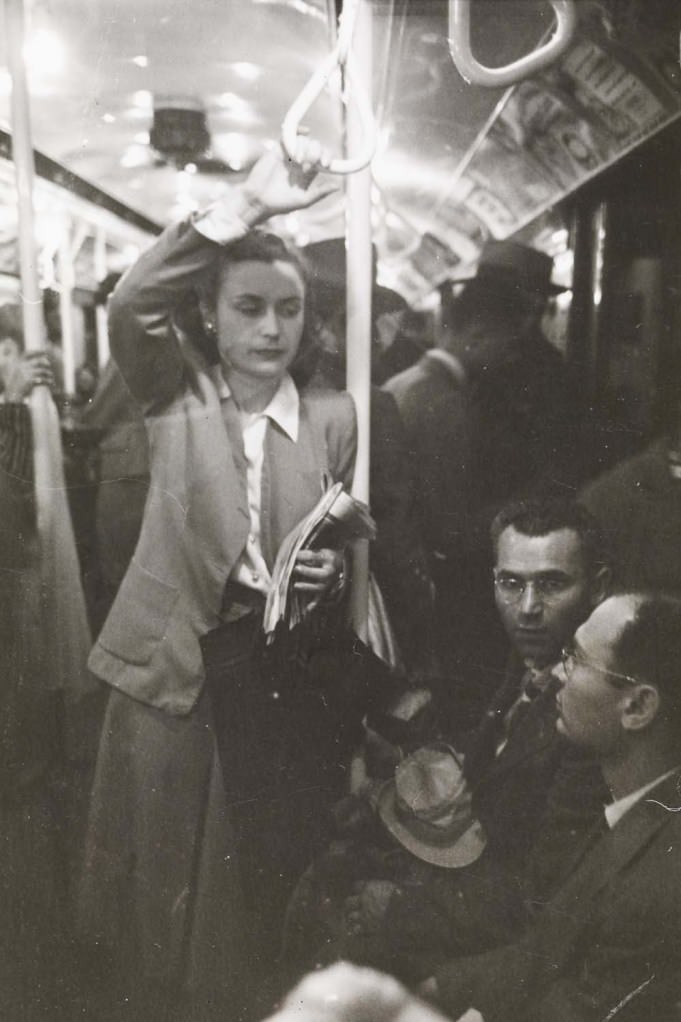
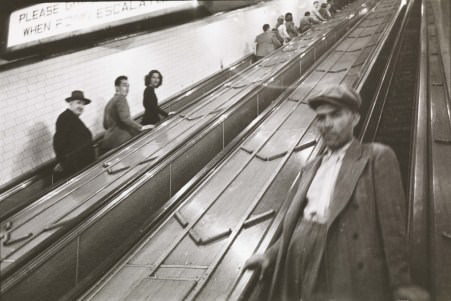
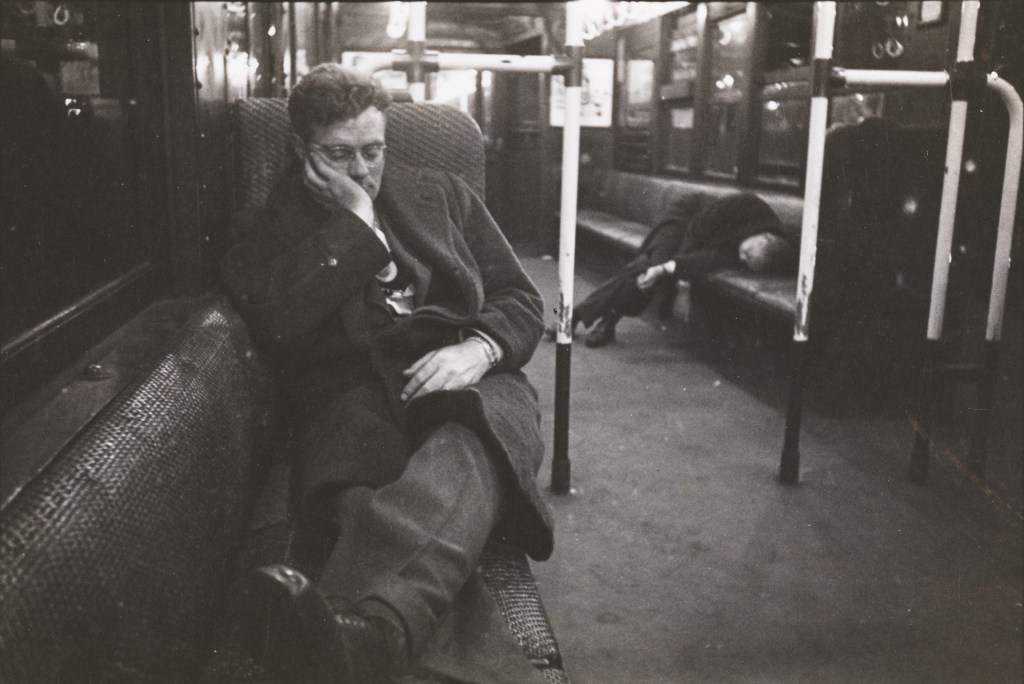
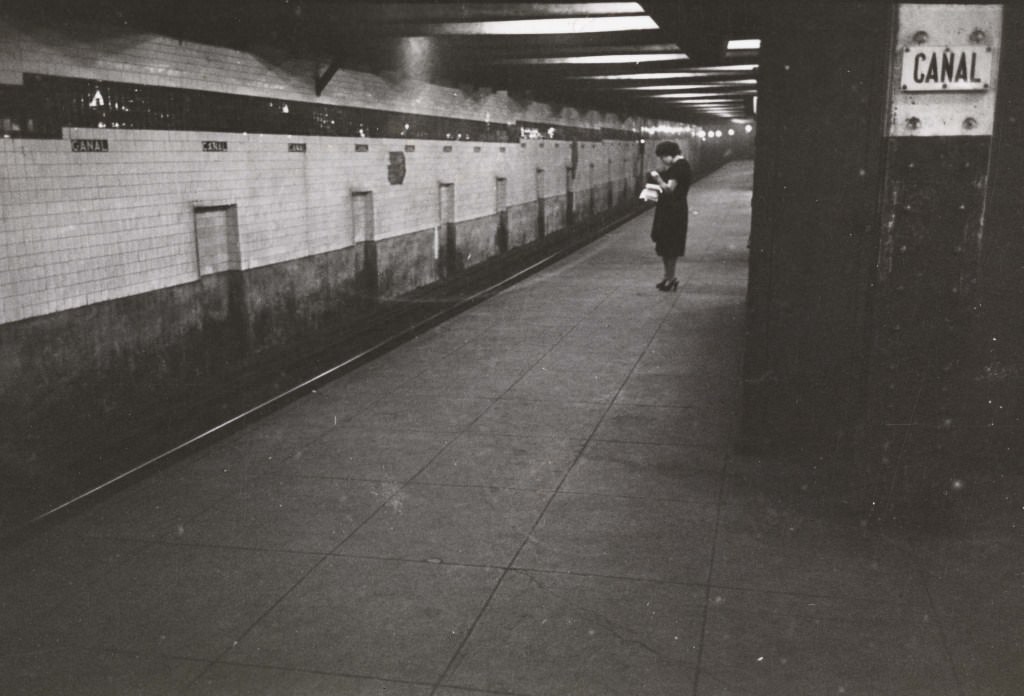
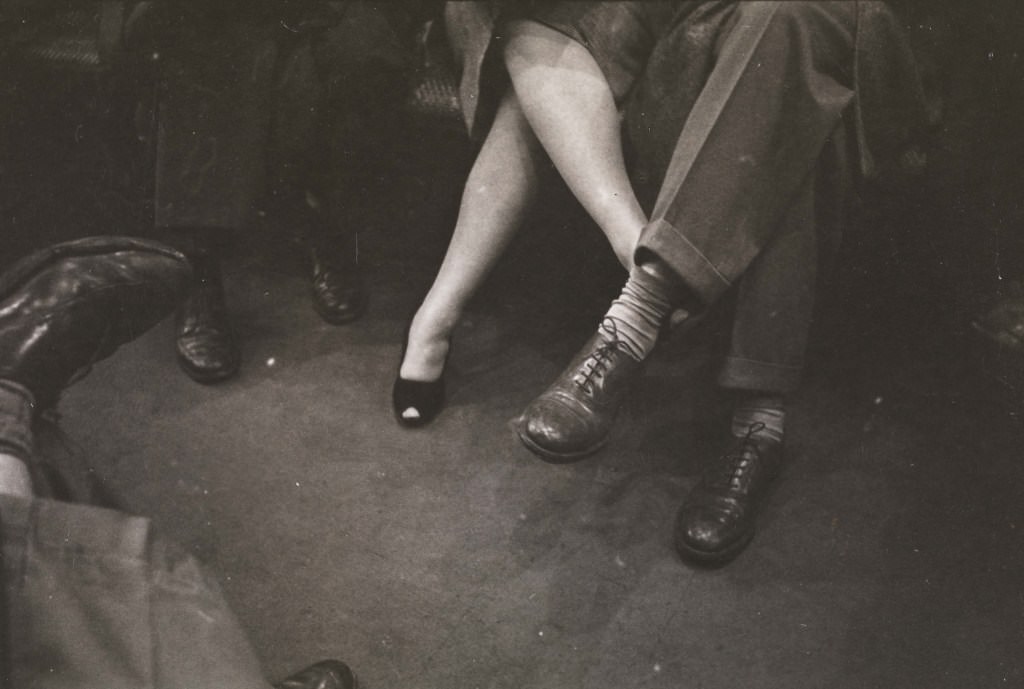
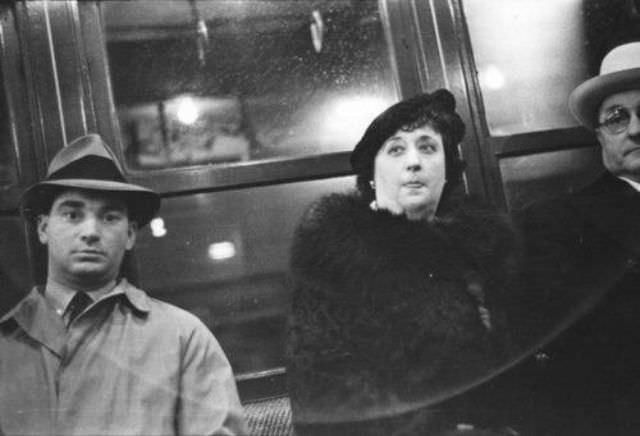
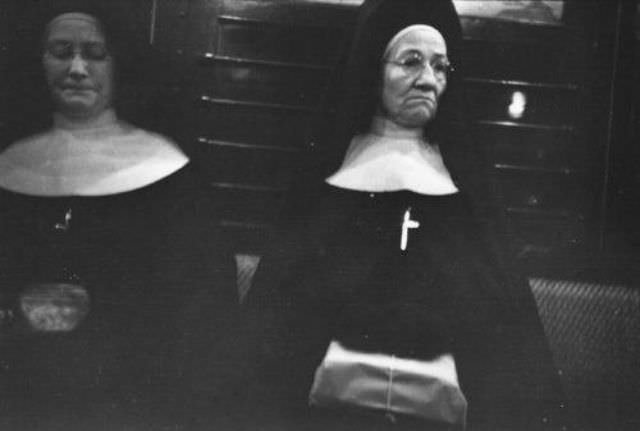
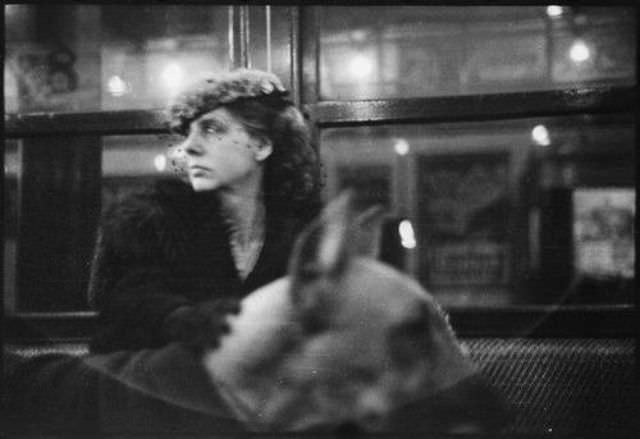
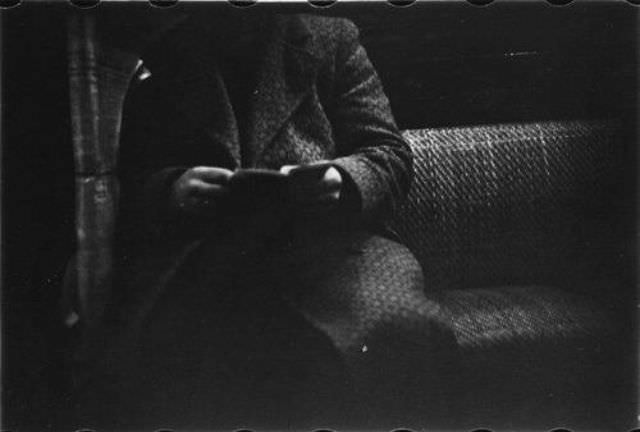
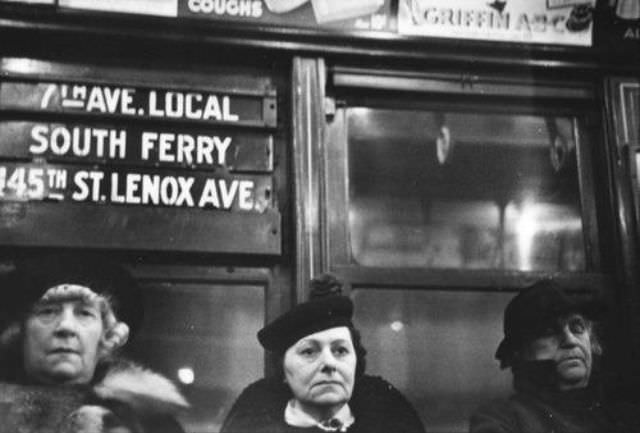
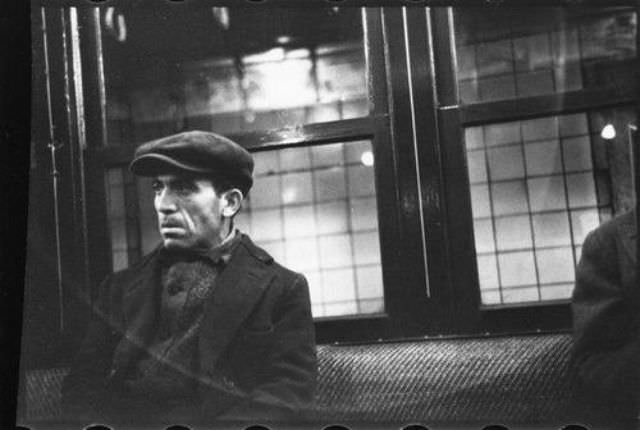
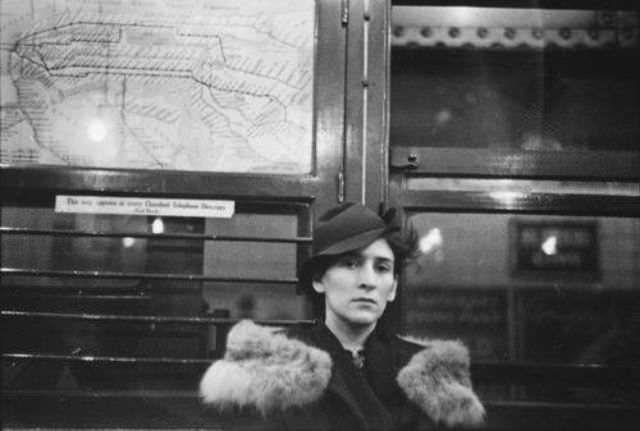
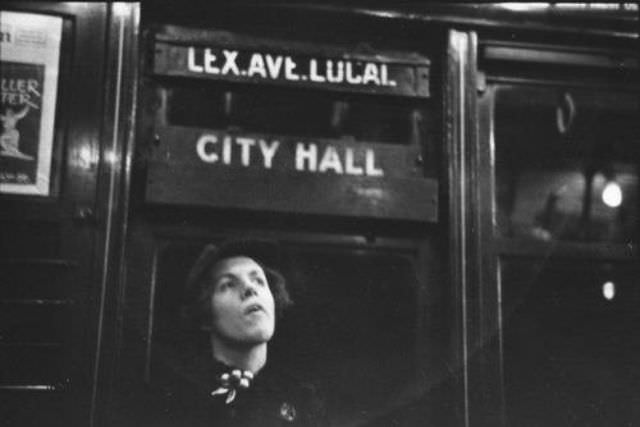
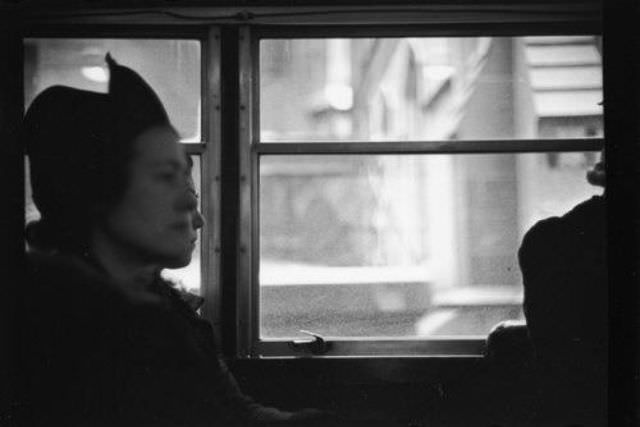
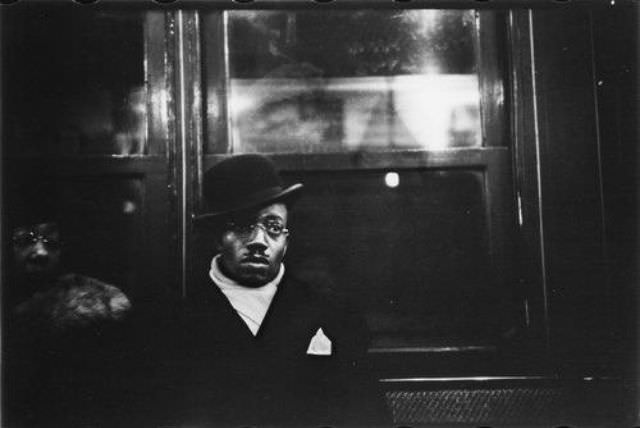
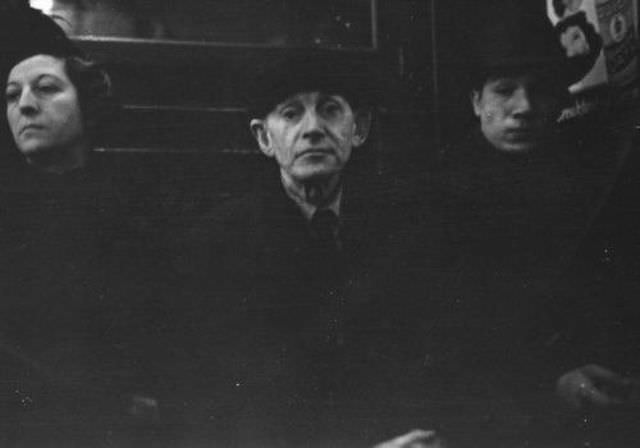

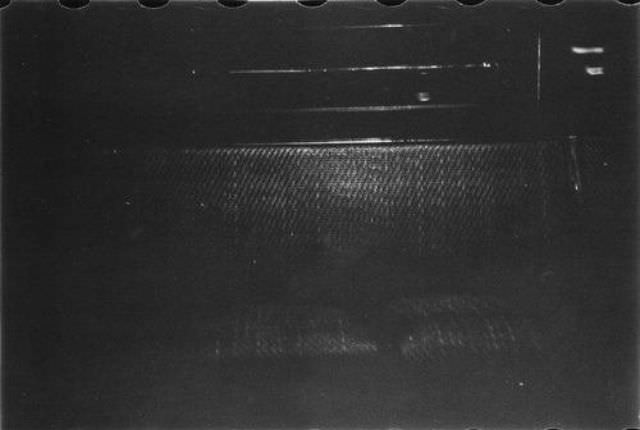

GIPHY App Key not set. Please check settings